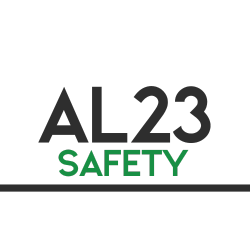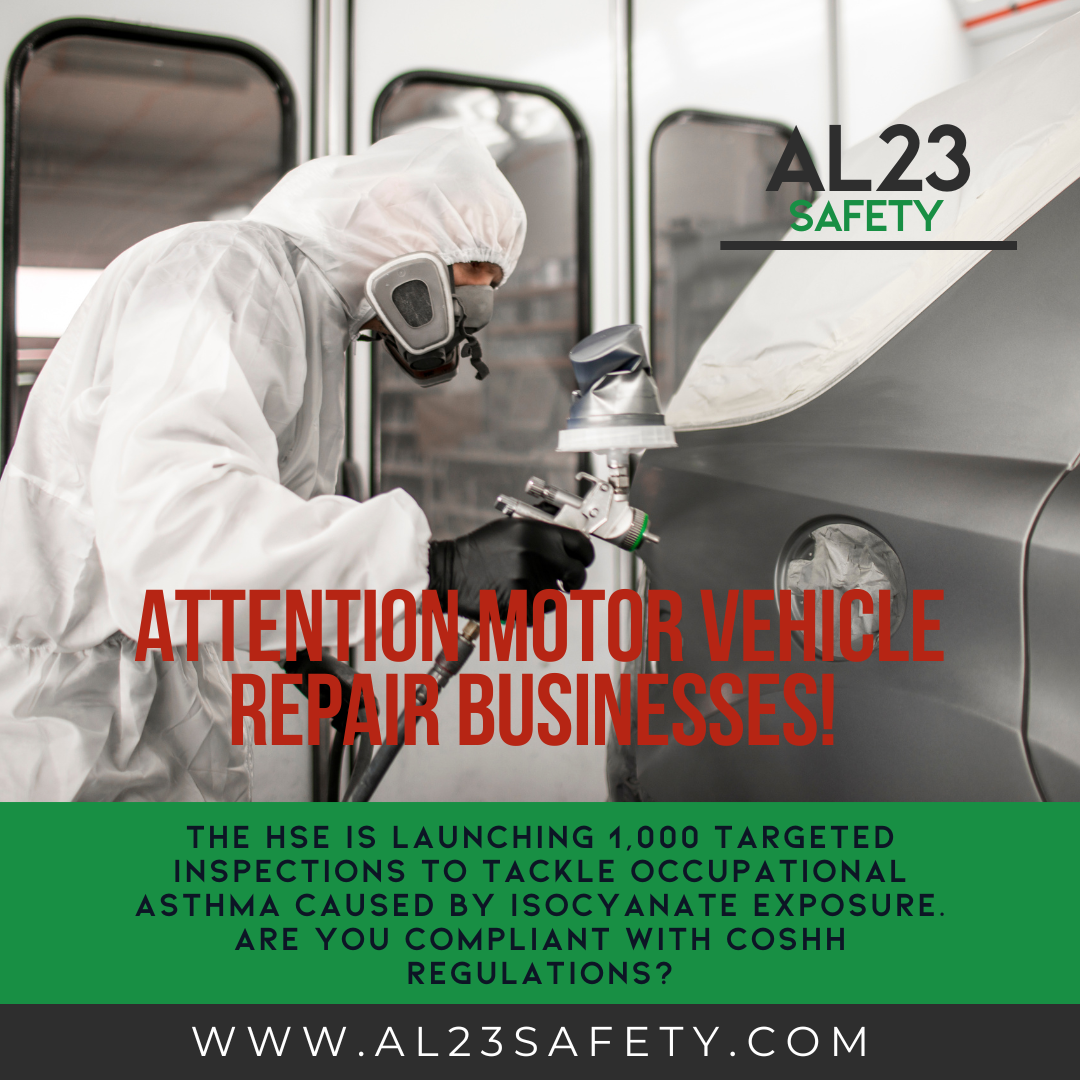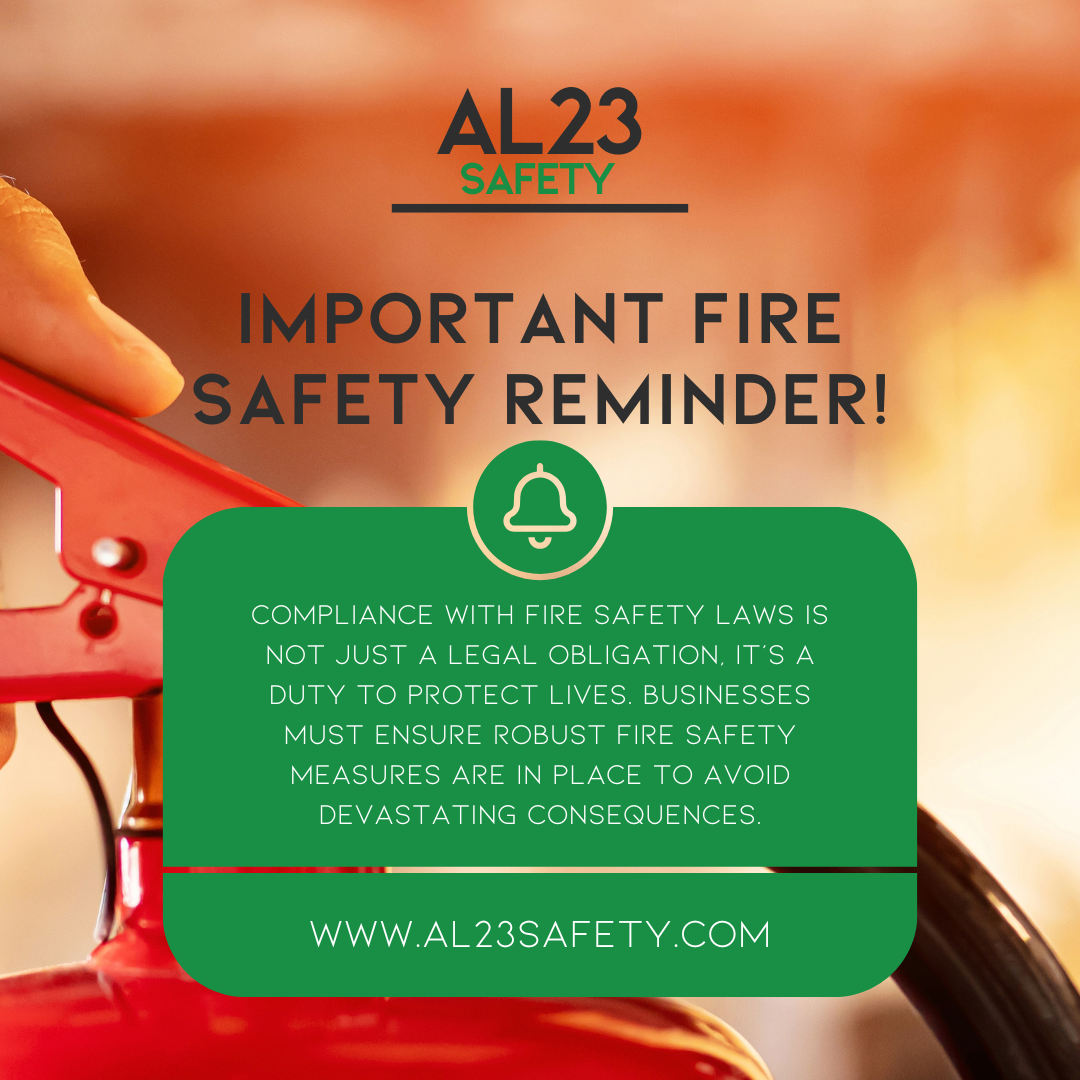In the high-stakes world of construction, roofing edge protection stands as a critical safeguard against life-altering accidents. A recent safety breach involving sole trader Gary Smith of GJ Smith Roofing underscores the dire consequences of neglecting this essential measure. In December 2022, a worker plummeted approximately 10 feet from an unprotected roof edge while handling large boards, sustaining grave injuries including a fractured vertebra and a broken ankle. This incident not only highlights the human toll but also serves as a wake-up call for the entire roofing industry to prioritise roofing edge protection from the outset.
The Health and Safety Executive (HSE) investigation revealed glaring oversights: the work lacked proper planning and risk assessments, with no roofing edge protection in place despite its feasibility. Shockingly, barriers were only installed following HSE intervention, far too late to prevent the tragedy. This marks Smith’s second offence for similar violations, amplifying the urgency for businesses to embed robust safety protocols.
Understanding the Safety Breach: What Went Wrong?
At the heart of this safety breach was a failure to comply with fundamental regulations. Under Regulation 4(1) of the Work at Height Regulations 2005, employers must ensure work at height is properly planned, supervised, and carried out safely. In Smith’s case, the absence of edge protection exposed workers to unnecessary risks. HSE inspector Tim Nicholson aptly noted the incident’s avoidability: “This latest offence resulted in a man being seriously injured. What makes this incident even more frustrating is the fact it could so easily have been avoided by properly planning the task and ensuring that suitable edge protection had been put in place prior to work starting.”
This safety breach didn’t just cause physical harm; it eroded trust and invited severe penalties. Smith was fined £2,125, plus £5,445 in costs, a financial blow that pales in comparison to the worker’s suffering. For roofing contractors, this illustrates how neglecting edge protection can spiral into legal and reputational nightmares.
Lesson 1: The Human Cost of Ignoring Roofing Edge Protection
The most heartbreaking lesson from this safety breach is the irreversible impact on individuals. Falls from height remain a leading cause of fatalities and serious injuries in construction, with the HSE reporting over 30% of such incidents linked to inadequate edge protection. The injured worker’s fractured vertebra and broken ankle required extensive medical intervention and likely long-term rehabilitation. Roofing edge protection, such as guardrails or scaffolding, could have prevented this fall entirely. Employers must remember: behind every statistic is a person whose life is forever changed.
Lesson 2: Planning and Risk Assessment Are Non-Negotiable
A key takeaway is the absolute necessity of thorough planning. The HSE found no evidence of risk assessments for the roofing task, despite the obvious hazards of working near unprotected edges. Effective edge protection requires identifying risks early, considering factors like roof pitch, weather conditions, and load-bearing materials. Implementing a method statement and ensuring all team members are trained on work at height protocols can mitigate dangers. This safety breach proves that cutting corners on planning invites disaster.
Lesson 3: Financial and Legal Repercussions of Non-Compliance
Beyond injuries, this case exposes the steep costs of HSE non-compliance. The £7,570 total penalty for Smith serves as a deterrent, but many businesses face even higher fines, prosecution, or shutdowns for repeated offences. Investing in edge protection upfront, whether temporary systems like mesh barriers or permanent fixtures, is far cheaper than litigation. Moreover, insurance premiums skyrocket post-incident, and lost productivity from injured staff compounds the damage. Prioritising HSE compliance through regular audits and certified equipment ensures long-term viability.
Lesson 4: Building a Culture of Safety in Roofing
This safety breach emphasises that safety is a collective responsibility. Sole traders like Smith often operate with limited resources, but excuses don’t hold in court. Larger firms must lead by example, fostering a safety-first culture via toolbox talks, PPE provision, and edge protection checklists. Integrating technology, such as drone surveys for risk mapping or wearable fall alerts, enhances work at height safety. By viewing edge protection as an investment rather than a burden, companies protect their workforce and boost morale.
Lesson 5: Learning from Repeat Offences to Prevent Future Breaches
Smith’s prior conviction for similar issues reveals a pattern of neglect that the industry cannot afford. Repeat safety breaches signal systemic failures, prompting HSE to impose harsher penalties. To break this cycle, businesses should conduct post-incident reviews, update policies, and seek expert guidance on edge protection solutions. Collaborating with safety consultants ensures tailored strategies compliant with the latest Work at Height Regulations.
In conclusion, this roofing edge protection failure delivers five shocking lessons that demand immediate action. From the profound human cost to the cascading financial and legal fallout, the message is clear: complacency kills. By committing to rigorous planning, HSE compliance, and proactive edge protection measures, roofing professionals can avert tragedies and build safer sites.
At AL23 Safety, we specialise in customised safety solutions to fortify your operations. Whether you need training on work at height, risk assessment templates, or cutting-edge edge protection systems, our experts are here to help. Visit our services page today to safeguard your team and ensure every project ends safely. Don’t wait for a safety breach, act now to protect what matters most.



